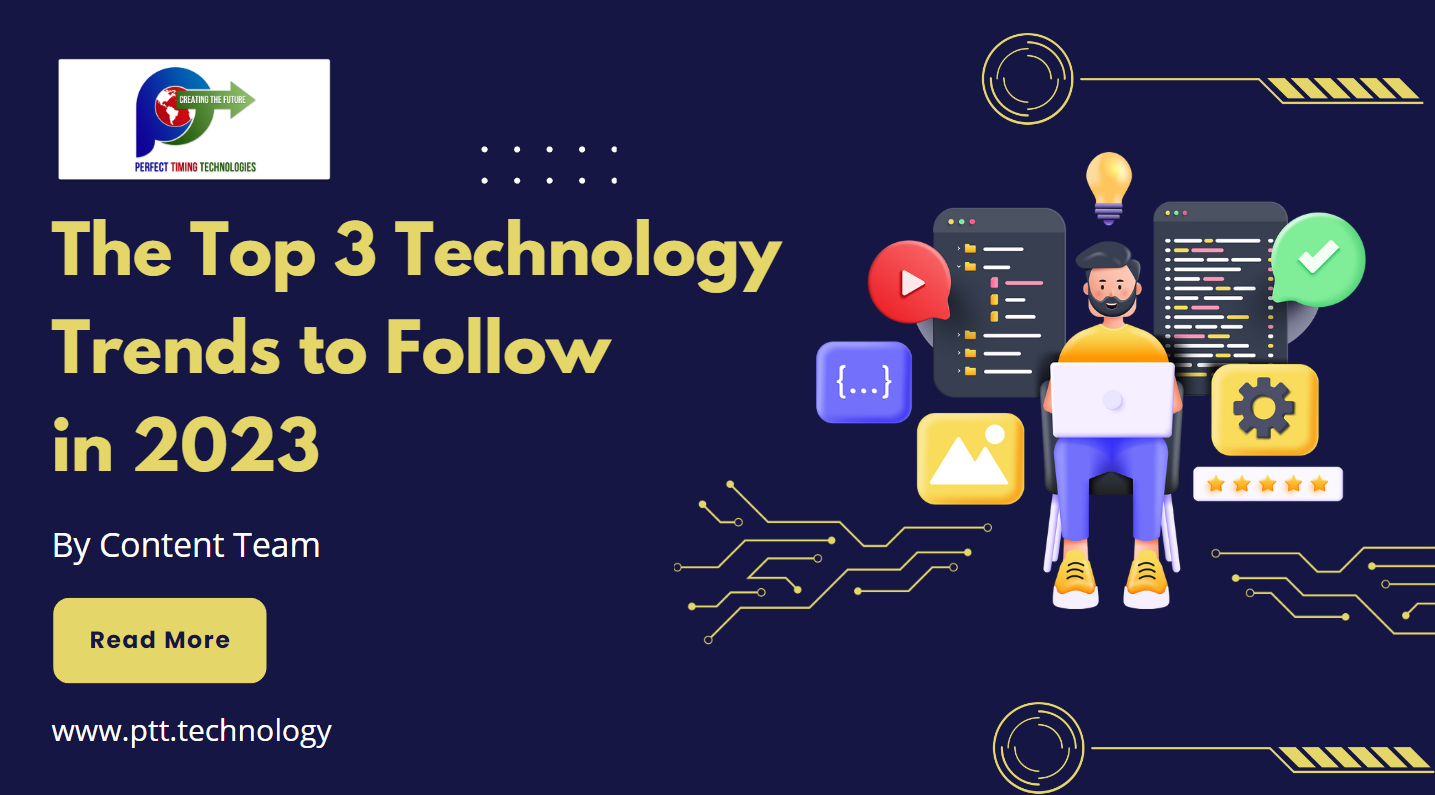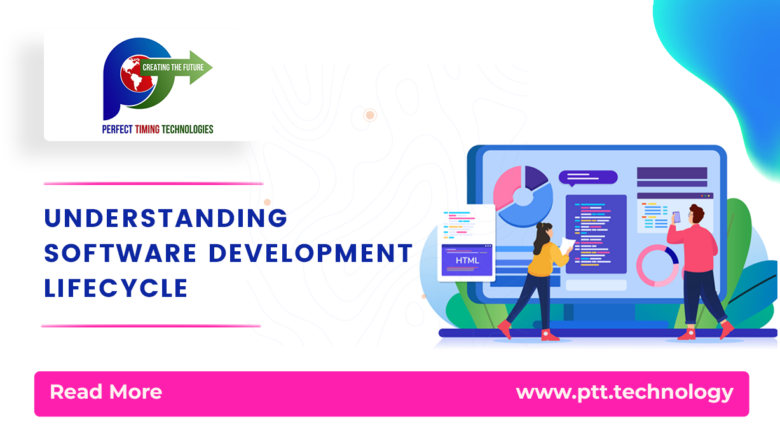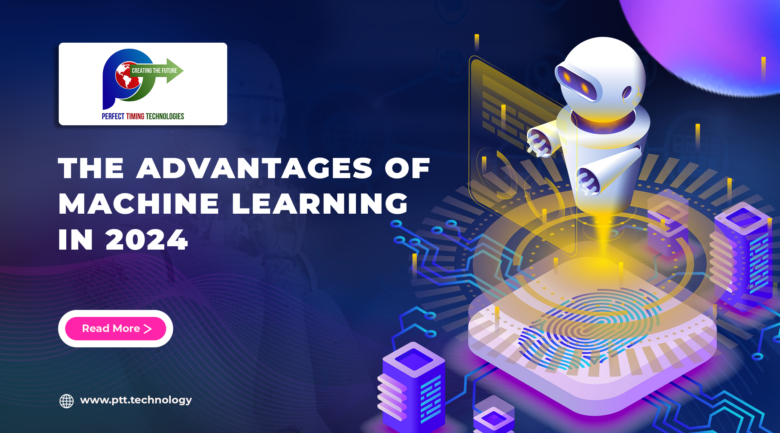
The year 2022 has come to an end with technological progress in every industry in the world. 2023 is expected to be another great year with so many technological advancements that will simplify the daily lives of people worldwide. These technological changes adopted by businesses around the world are proving extremely beneficial for everybody.
Technology innovation is expanding at a rapid pace thereby helping modern businesses to reduce costs, increase profit, and build strong customer relationships. A study suggests that by the end of 2030, almost 50 million mobile devices will be ready to use the internet.
There are new technological developments that take place every year. Businesses shall train their employees to use the latest technology in advance to get quick results.
Let us look at the top three technology trends that are impactful and should be adopted by organizations in 2023.
Artificial Intelligence and Machine Learning: Since its emergence almost a decade ago, Artificial Intelligence is gaining popularity each passing year and is a leading technology. The AI-powered machines are trained to perform several tasks such as recognizing patterns, solving problems, and decision-making on their own. AI is commonly used in a variety of applications like speech and image recognition, language translations, voice assistants, navigation systems, etc.
Artificial Intelligence has revolutionized the whole world by making it more flexible and connected. Technology has made business easier and AI has made business communication simpler than ever. Machine Learning is a component of AI that utilizes certain algorithms and statistical models to train computers to learn and make well-informed decisions without any human assistance.
The demand for AI and ML has drastically increased in the business and professional world.
Edge Computing: Edge computing is a distributed computing paradigm that brings computation and data storage closer to the edge of the network, to the devices and sensors that generate and use the data. In edge computing, data is processed and analyzed at the source, rather than being sent to a central location for processing. This can reduce the amount of data that needs to be transmitted over the network and can also reduce the latency of the system, as the data does not need to travel as far.
One of the main benefits of edge computing is that it enables real-time data processing and decision-making, which is important in applications such as autonomous vehicles and industrial control systems. Edge computing can also be useful in situations where there is a limited or unreliable network connection, as the data can be processed locally rather than relying on a connection to the cloud. Some examples of edge computing applications include smart cities, internet of things (IoT) networks, and industrial automation systems.
Virtual and Augmented Reality: The virtual ecosystem has been dominated by Virtual Reality and Augmented Reality innovation for quite some time now. Virtual Reality is a computer-enabled simulation of a 3D environment with which users can interact in a real way. Augmented reality enhances the user’s surrounding environment by providing digital information on top of the physical world.
AR and VR were initially linked to media and gaming, but nowadays they are extensively used for training and education purposes as well. It is believed that AR and VR both are going to integrate into our lives more deeply in 2023 and there is no doubt of that. Both technologies are significantly evolving and offer a promising future for businesses globally.
Final Thoughts
The market scenario changed drastically after the covid-19 pandemic. It became a necessity for every business organization to invest largely in digital transformation to survive.
These leading technological trends are key drivers in the success of any business while exploring new opportunities.
To begin your digital transformation journey Contact Us today.







